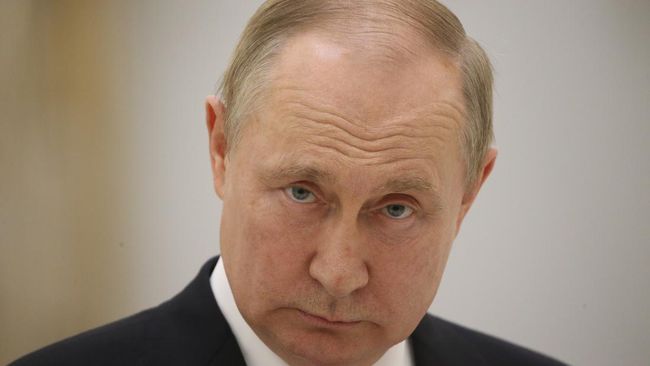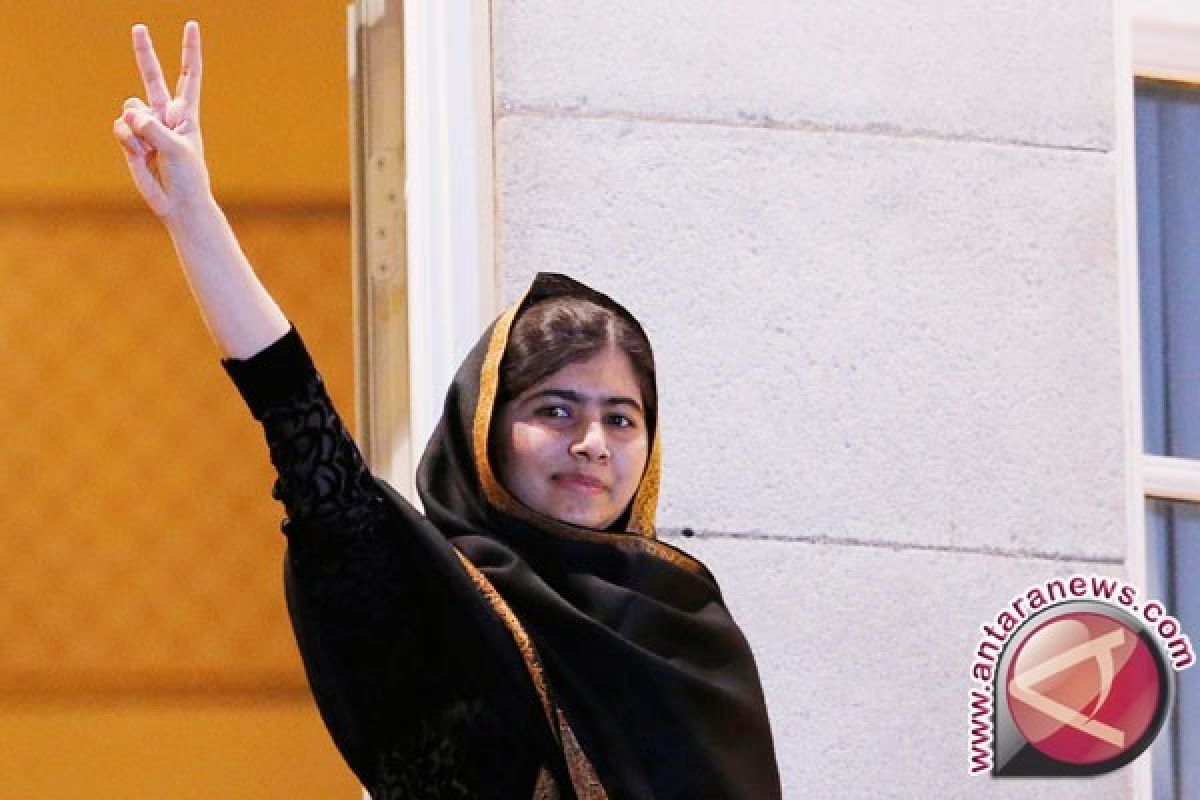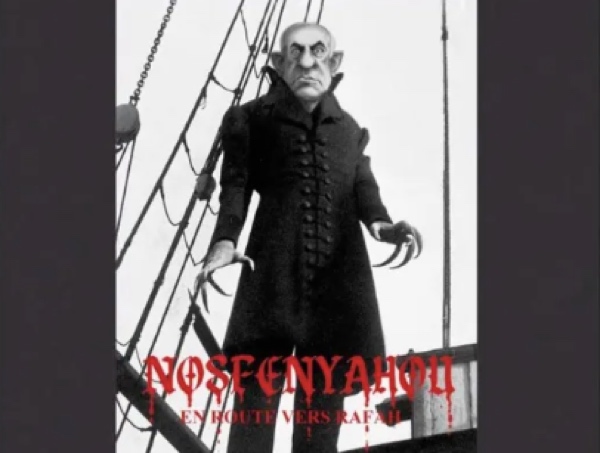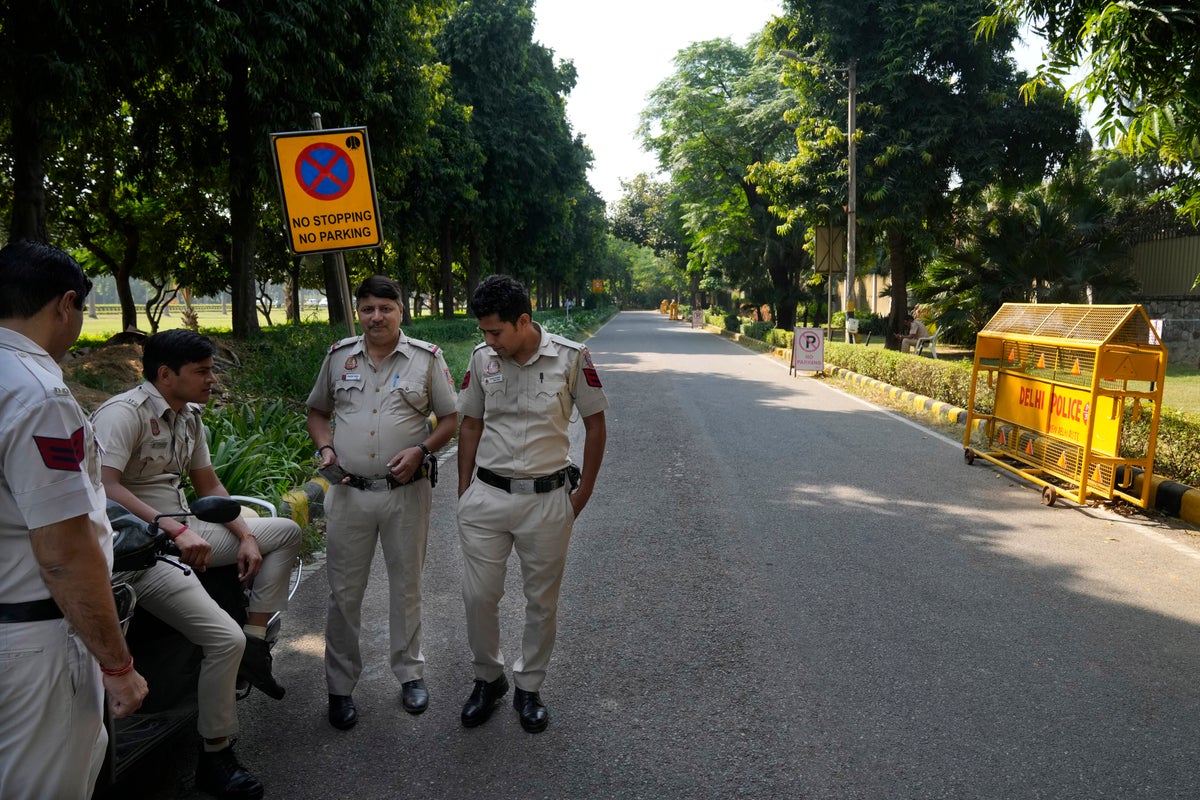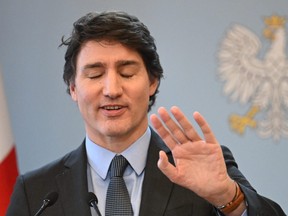Jakarta, CNBC Indonesia – Gas flow through the pipeline from Russia to Europe is not yet 100%. This raises fears of an energy crisis, especially in winter.
The main Russian energy company, Gazprom, has just delivered 40% of the gas to Europe via the Nord Stream 1 gas pipeline at full capacity. Gazprom said the delay in returning gas supplies was due to turbine repairs in Canada.
Previously, the Nord Stream 1 pipeline carried out maintenance activities for 10 days until July 21 yesterday. However, there are obstacles, the pipe can only deliver 40% of the gas supply. This then made European countries worried about their gas supply.
The European Union itself plans to reload the storage to 80% capacity by November 1 to meet energy needs during the peak of winter. So far, the gas storage rate in Europe is 66% full, according to data from Gas Infrastructure Europe.
With 20% capacity, Europe can only top up storage to 75-80% by winter, consultancy Wood Mackenzie said on Monday.
“As a result, Europe is expected to experience a warming season with only 20% of gas stored at the end of March – a very low level,” said Kateryna Filippenko, principal analyst, global gas supply, Wood Mackenzie. .
The problem is that it’s not just the Gazprom pipe that’s the problem. Gas flows through other pipeline routes, such as Ukraine, have also declined since Russia’s incursion into Ukraine.
Before the maintenance of the turbines in Canada, the country led by President Vladimir Putin had cut off gas flows to Bulgaria, Denmark, Finland, the Dutch company Gasterra and Shell for contracts in Germany. This came after they all rejected the Kremlin’s request to switch to payments in Russian rubles.
A colder winter will worsen the situation, especially if the weather is bad in Asia, which will limit the availability of liquefied natural gas (LNG) as an alternative to gas supply by pipeline. Analysts and politicians say it would be very easy for Russia to continue to cut gas flows to Europe for political reasons.
“The key question is whether Russia wants to maximize the pressure now and thwart European plans to replenish its gas stocks in the fall,” the Ben Cahill and Isabelle Huber Centers for Strategic and International Studies said.
The European Union has also taken many preparatory measures to find solutions to the low supply. Like looking for alternative suppliers, encouraging energy conservation and increasing coal production.
Last week, the European Commission proposed a target for all member states to reduce gas consumption by 15% from August 1 to allow storage to fill up faster. But the plan has met with resistance from member states,
“The entire European energy system is in crisis, and even with the resumption of Nord Stream 1, the region is in a difficult position with ongoing energy security risks,” said Karolina Siemieniuk, an analyst at consultancy Rystad. Energy.
“European countries need to work together quickly if they are to survive the winter relatively unscathed and even if they do, the specter of next winter in 2024 or 2024 is likely to keep prices high for months.”

“Travel nerd. Social media evangelist. Zombie junkie. Total creator. Avid webaholic. Friend of animals everywhere. Future teen idol.”
